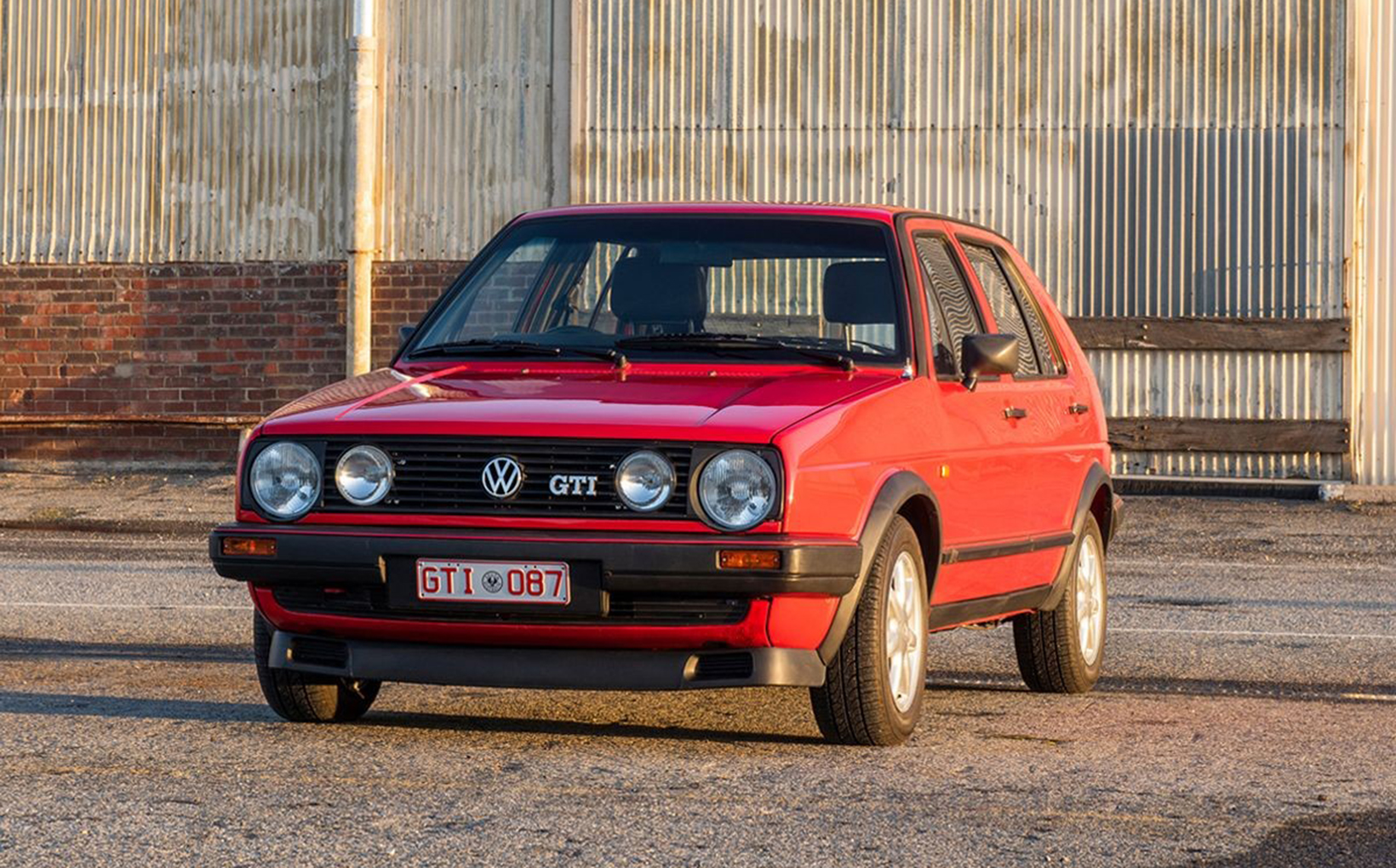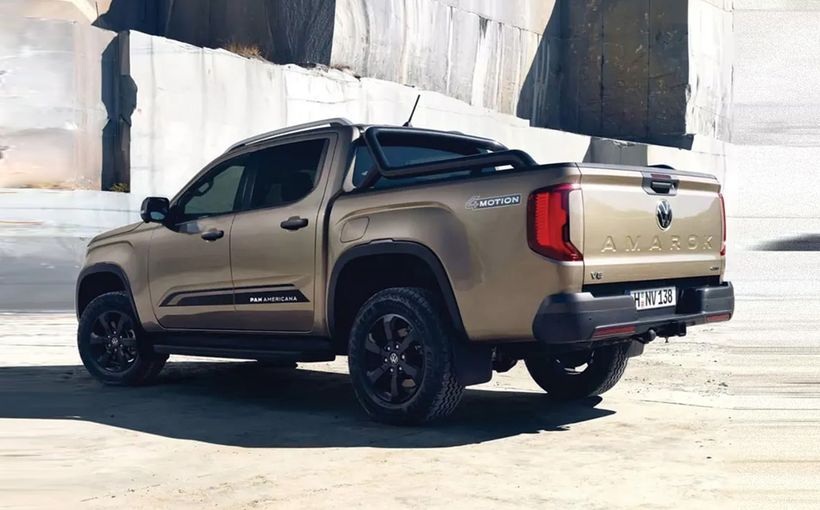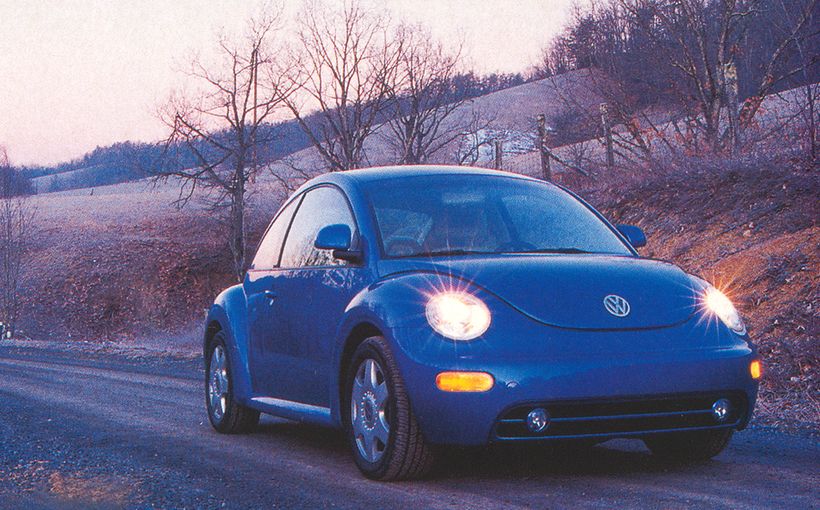Henry’s Golf GTI: A whole new 1970s ball game

When Volkswagen decided to transition from its long favoured rear engine/rear-wheel-drive configuration to the complete opposite, the company did so with extraordinary flair. The Passat/Audi Fox twins were impressive enough and I was quite proud of my 1975 Passat TS, until the Golf arrived here in 1976 rendering the Passat/Fox yesterday’s cars. With its torquey 1.6-litre engine, much crisper gearchange and superior packaging thanks largely to its transverse engine, not only did the Golf transform the Volkswagen range but it set a new benchmark for small cars. Volkswagen advertising rightly called it ‘A Whole New Ball Game’.

As if that wasn’t enough, a factory hotrodded version had already made its debut at the Frankfurt Salon in September 1975. The moniker came late in development and this car was referred to as the Sport Golf – OK, but hardly definitive because the Golf GTI proved to be another gamechanger from the company that gave the world the Beetle and Kombi.
Henry Schultz, who owns the splendid 1987 five-door 1.8-litre GTI which is the subject of this feature, said that in choosing a project he was determined to end up with ‘something really special. ‘I was looking for a project and I found this Golf GTI on eBay. I had owned some interesting cars in the past – a Valiant Pacer, a Volkswagen Type Three 1500, an Issigonis Mini Cooper, an E-Type and an Audi TT, so a 1.3-litre Gemini auto was not going to do the job, I wanted to end up with something really special. I know someone who spent years and years rebuilding an Austin A40 and he finished up with…an Austin A40.’ No disrespect intended to this classic British car, but it is easy to see where Henry is coming from: the first-gen Golf GTI is one of the landmark cars of the second half of last century!

And his Tornado Red example is a bit more special for wearing the Oettinger badge, Oettinger being a tuning company with a similar relationship to Volkswagen as AMG to Mercedes back in the day. Oettinger built special twin cam GTIs for a German racing series, although Henry’s isn’t one of those.
‘I found this on eBay. I actually missed the auction but because the car hadn’t sold I was able to do a deal. It was in Northcliff west of Albany and I’m in Adelaide so I had to go by the pictures.’
It seems to have been used as a paddock basher, says Henry. The whole car was jampacked with fine red dust. ‘The guy I bought it from had intentions to restore the car but didn’t. He left it in an open shed. When I got it, there were three rat’s nests plus a dead rat inside the heater. The smell only dissipated when he removed the headlining!

The car was delivered in England and had much less rust than you might expect. Henry says there were three main patches, none of them bigger than two inches by an inch. All four headlights were out, only one window winder worked and to open the hatch, he had to take an angle grinder to the pin that the lock latches on to. The dashboard was like a dried-up packet of potato crisps. Henry obtained a replacement dash from England. There was no radio. The windscreen was cracked.

After a thoroughgoing ground-up resto – the only components not removed during this process were the wiring loom and a rear brake line – it has been back on the road on club registration for about a year, the first half of which was devoted to sorting out some mechanical issues. Henry found a Volkswagen specialist who rebuilt the engine. Oettinger mods include bigger inlet and exhaust valves and ports. There is a drive pulley on the camshaft to adjust the valve timing.
The car has a deeper cast alloy sump with cooling fins (whereas the standard GTI has a pressed steel sump). The oil pump had to be modified. The Bosch K-Jetronic mechanical injection system is in perfect working order, but says Henry, very few mechanics are familiar with it (as opposed to the later ubiquitous computerised L-Jetronic).

Interestingly, this car was imported by a Volkswagen mechanic in Perth who went to England and shipped it home. Henry would love to get in touch with this enthusiast.
These photographs were taken by Henry’s son-in-law, David Sievers, and were gifted to him one Christmas by his daughter Cathy. His daughter Marie tracked down a radio in Lithuania and he received it for his birthday.

The next time the big day rolls around on the calendar (in a few weeks from the time of writing), Henry will turn 79. He did all the work on the car without a hoist or pit. He had some help with the upholstery and the car was professionally painted. ‘I set myself two targets before I started, one was to have it as close as I could to a new car when I finished, the other was to have it finished before my grandson started to drive. I think I went close on the finished product and my grandson will be in grade one next year!’

Looking back over nearly a century and a half of the motor car, it is difficult to isolate more than maybe a dozen vehicles that instigated an entirely new concept. With the GTI, Volkswagen invented what would go on to be a lasting template for the hot hatchback, a reinvention of the affordable sports car for the second half of the 1970s. Even the acronym GTI would enter the language in the way GT had a generation earlier with the Lancia Aurelia B20 GT. And that last of the three letters is also definitive – Grand Touring Injection.
Was the Golf GTI the world’s first truly small car with fuel injection? I reckon so.








